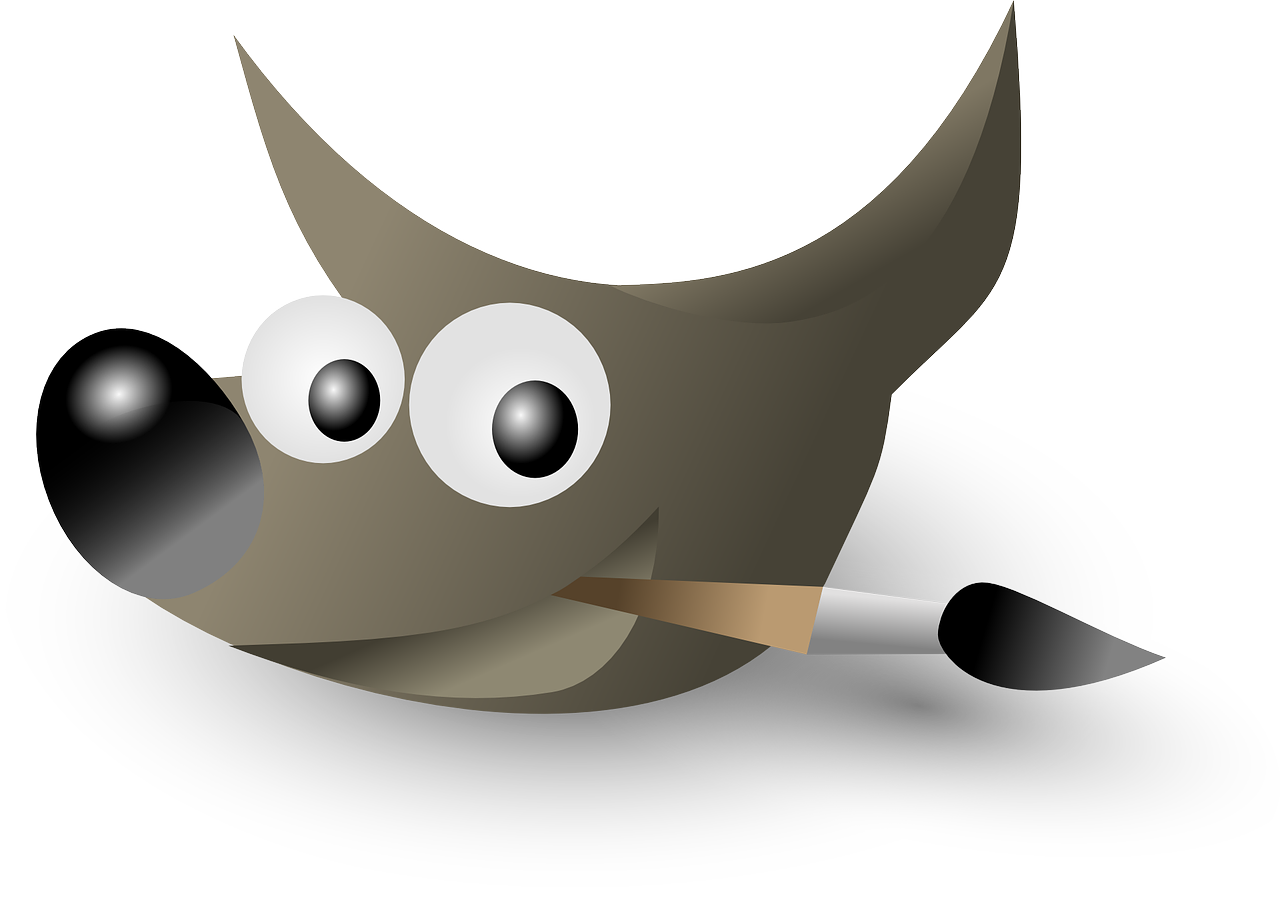
This is a quick article on starting to use the GIMP, a free, open-source image manipulation software (similar to Photoshop) to design and edit images. Most graphic professionals prefer Photoshop, although the GIMP continues to improve rapidly.
When you run the GIMP for the first time, the interface may be a bit daunting. There is a single document interface with many different floating boxes. To start, move The GIMP dialogue to the left by dragging and dropping, and the Layers dialogue box to the right. This will leave you space in the middle for your design.
The GIMP dialogue box
The GIMP dialogue box includes several tools to select parts of your design (rectangular, elliptical, free or fuzzy selection tools). You can then select all elements that have the same colour (eg red ball, red house and red paper). You can then pick the colour you want, zoom in and out and measure distances.
There are also several transformation tools, like the Move Tool, the crop tool, the rotate tool and the scale tool. Then you have the Text Tool to add text to your image, you can Fill your selected area with a colour, or Blend colours to fill a selected area.
Layers dialogue box
The way the GIMP works is by creating and editing images based on layers. Each image is a series of overlapping layers that are designed individually. File > Dialogs > Layers.
Create a new image
To start, go to Layers > New Layer. This will open a Create a new layer dialogue box. Let’s create an image 300 x 300, so enter 300 in the width box and 300 in the height box. Keep layer fill type as transparency.
Create a banner/button with rounded corners
Go again to the Layers menu and select New Layer. Layer > New Layer. 300 x 300. View > Zoom. Change to 200% zoom. Select a rectangular area. Select > Rounded Rectangle and select a radius of 30%. With the fill, the tool paint the selection white.
Layer > New Layer. Select The Gimp dialogue box. Now you need to change the colours of the foreground and background. To do so double click on the FG colour and select the colour you want, then double click on the BG colour and do the same. Better if the difference between the colours is not too great. Now select the Gradient button. Click on the gradient colour, and select gradient to be FG to BG (RBG). Now click on the gradient colour again. Select the 300 x 300 box, click on the bottom of the box and drag a line to the top of the selection.
Now we create a 3-pixel margin of the same gradient colour, but inverted. From the 300 x 300 box Select > None. Then select the gradient colour from The Gimp dialogue box, then in the 300 x 300 box Select > Shrink > 3. Reselect the gradient, and drag from top to bottom.
Now we can add text. First of all, add a new layer by duplicating a layer from the Layers dialogue box. Then from The Gimp dialogue box click on the Text icon. Select Font > Verdana. Size 25. Antialiasing.
Finally, you can save it. The button you have created is not an image yet, it is a series of layers. So the first step is to save the file as .psd, so you have a copy with all the layers. If you want to save this as .gif then first you need to Image > Flatten Image. Note that once you flatten the layers you cannot undo them.
Hope you enjoyed this tutorial.


